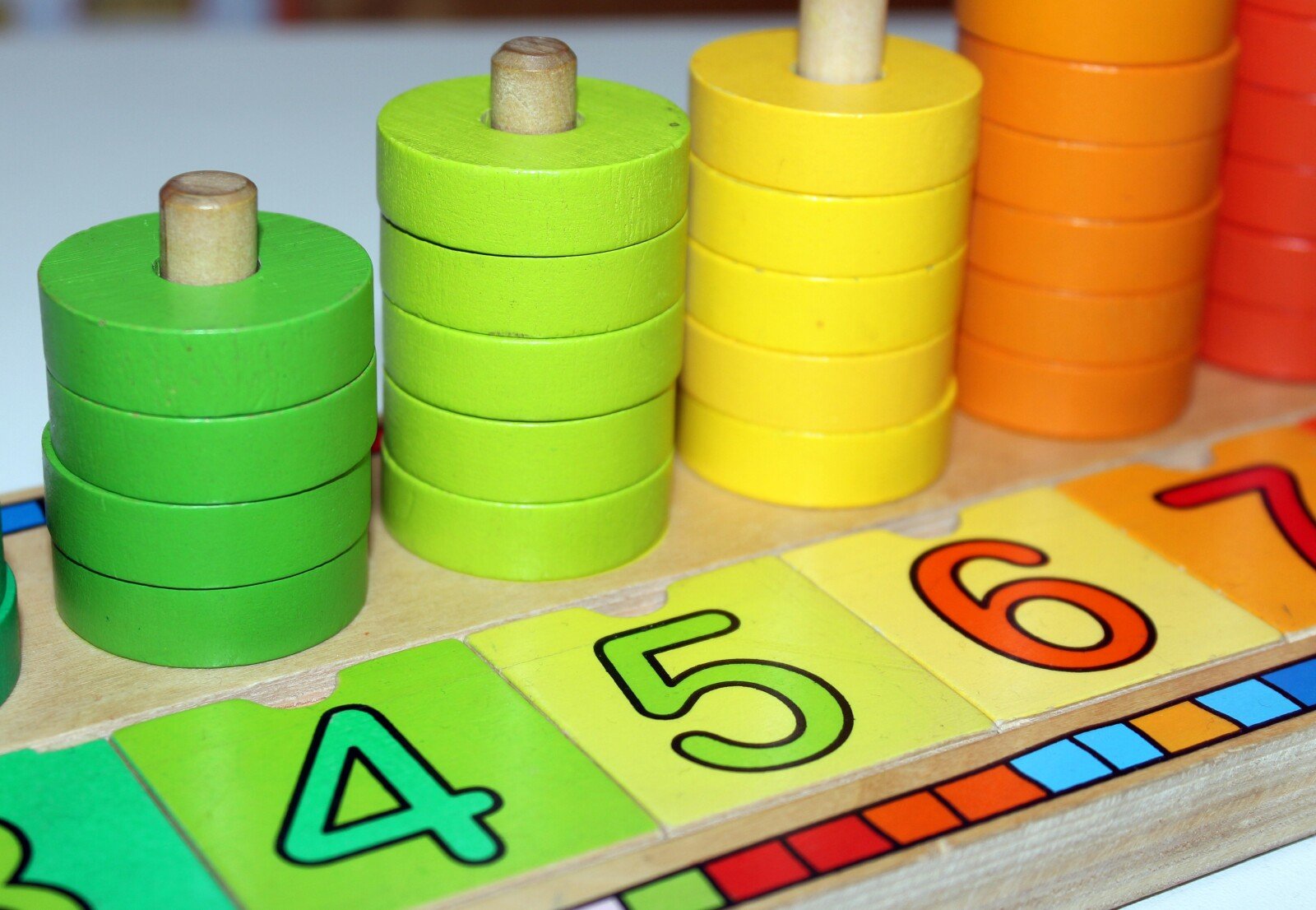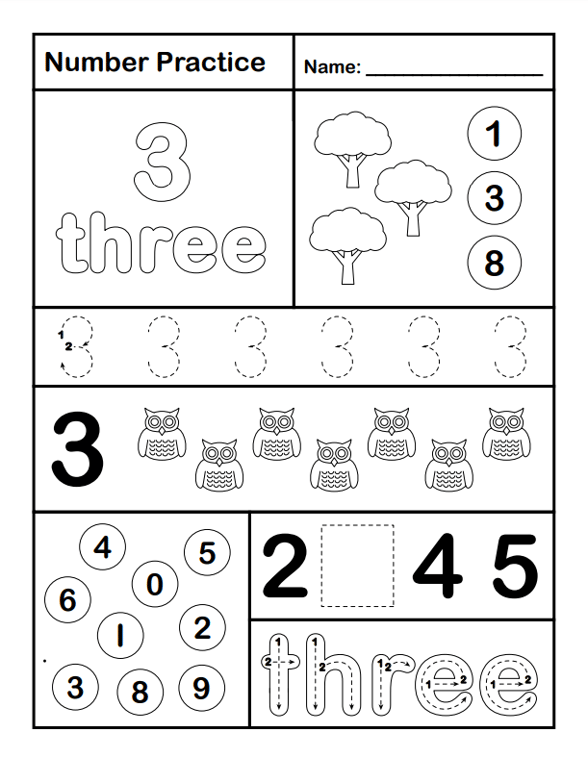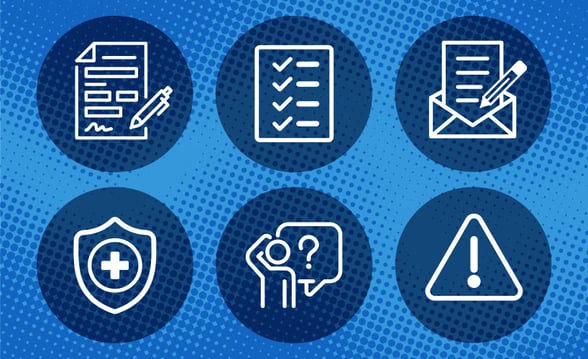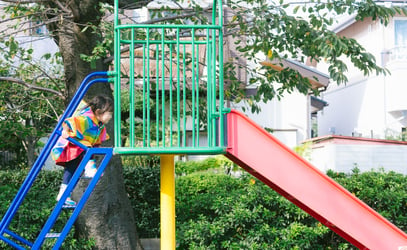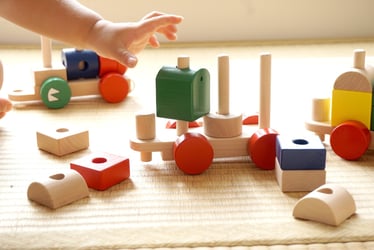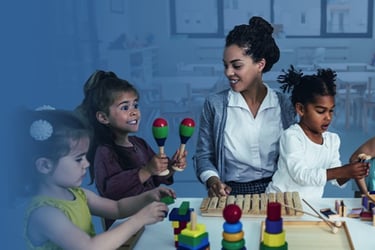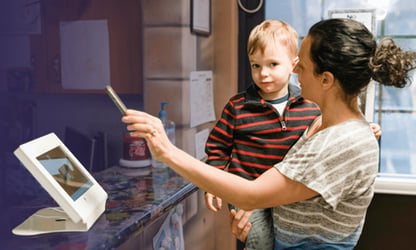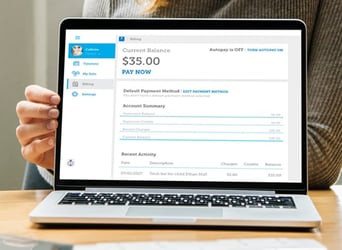Math isn't just about numbers and equations; it's a world of exploration, especially for preschoolers. Engaging toddlers and preschoolers in many fun math activities can set a solid foundation for their future education. Let's explore the benefits, teaching methods and effective preschool math activities plus easy, cost-effective ways to create captivating printable worksheets.
Table of Contents
What Are the Benefits of Fun Math Activities for Preschoolers?
How to Teach Math to Preschoolers Using Fun Activities
Top 32 Fun Math Activities for Preschoolers
How to Create Printable Math Worksheets for Preschoolers (Easy and Low Cost)
What Are the Benefits of Fun Math Activities for Preschoolers?
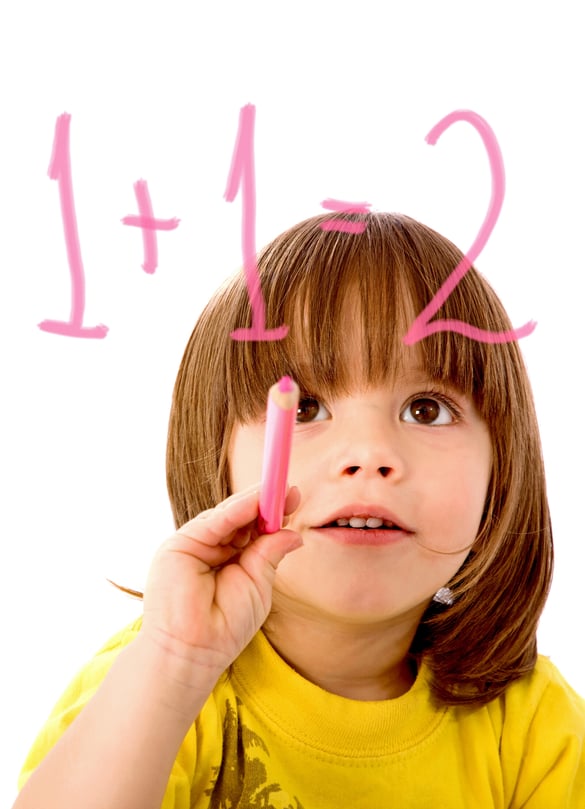
Enhance Math Skills Through Play
Play is the language of children and integrating math into play is a seamless way to enhance their mathematical skills. Through games and playful hands-on math activities for preschoolers, they learn to count and learn basic math concepts without even realizing they're learning.
Improve Fine Motor Skills with Hands-On Activities
Hands-on math activities are fantastic for boosting fine motor skills. When children manipulate objects, count beads or craft shapes, kids learn math while they refine their motor skills. This dual benefit is a core reason why educators and parents favor these activities.
Introduce Basic Math Concepts in a Fun Way
Preschool is the perfect time to introduce basic math skills and concepts. Through songs, stories and games, children can learn about numbers, shapes and patterns in a manner that resonates with their playful nature. This early introduction lays the groundwork for more complex mathematical thinking later on.
How to Teach Math to Preschoolers Using Fun Activities
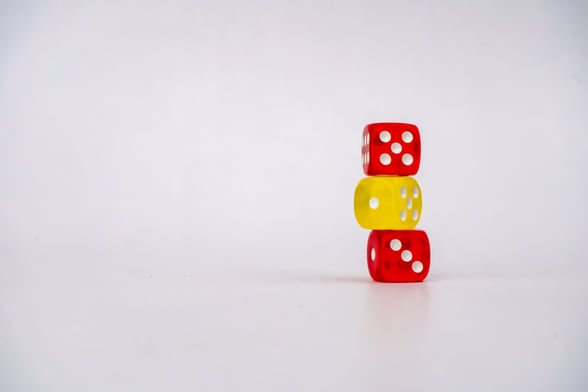
Engage Children in Counting Activities
Counting is fundamental in math and it can be taught through songs, stories or even while playing with their favorite toys. Encourage children learning how to count to say numbers out loud to improve their number recognition and sequencing skills.
Teach Shapes Through Hands-On Experiences
Shapes are everywhere and recognizing them is a key math skill. Engage preschoolers in shape hunts, where they identify and categorize shapes in their environment. Crafting with shapes or building with blocks are also excellent hands-on math activities that reinforce these concepts.
Use Sorting and Graphing Activities
Sorting and graphing are introductory steps to organizing data, a vital math skill. Preschoolers can sort objects by color, size or type, which not only teaches categorization but also introduces them to the basics of data representation. Graphing their findings, even in simple ways, can be a fun and visual method of understanding math concepts.
Top 32 Fun Math Activities for Preschoolers
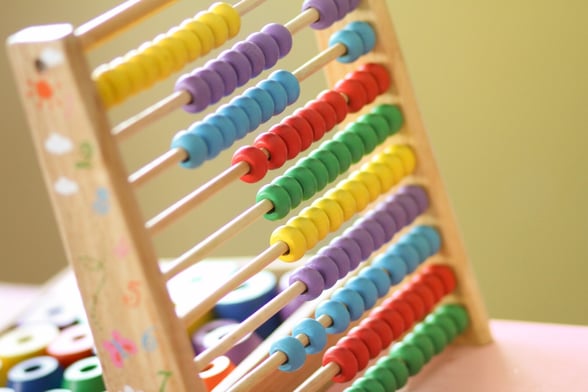
- Unifix Cubes
- Numeracy Activities
- Pattern Cards
- Uno Cards
- Hands-On Match Activities
- Magnetic Tiles
- Sorting Activities
- One-to-One Correspondence
- Playdough
- Dominoes
- Small Groups
- Large Groups
Exploring Math Concepts with Unifix Cubes
Unifix Cubes offer a hands-on way for children to explore math concepts, enhancing their understanding of counting, patterns, addition and subtraction. These colorful, interlocking cubes can be used in a variety of ways to make math learning fun and engaging. Children can stack the cubes to understand the concept of numbers and quantities, create patterns by changing colors or shapes and practice basic addition and subtraction by combining or taking away cubes.
1. Building Number Towers
-
- Activity Overview: This activity uses Unifix Cubes to visually represent numbers, aiding in number recognition and counting.
- Materials: Unifix Cubes, number cards
- Setup:
- Set up a workspace with Unifix Cubes and number cards.
- Show a number card and a corresponding tower as an example.
- Activity Instructions:
- Ask the child to choose a number card.
- Instruct them to build a tower with a corresponding number of cubes.
- Encourage them to count the cubes as they build.
2. Creating Patterns with Cubes
-
- Activity Overview: Using Unifix Cubes to create patterns helps children understand sequences and develop their problem-solving skills.
- Materials: Unifix Cubes of different colors
- Setup:
- Introduce the concept of patterns using simple examples.
- Arrange cubes in an accessible way.
- Activity Instructions:
- Demonstrate creating a simple color pattern with the cubes.
- Ask the child to continue the pattern or create their own.
- Discuss the patterns and encourage experimentation.
Numeracy Activities for Preschoolers
Numeracy activities are essential for building a strong mathematical foundation. These activities help preschoolers understand numbers and their values, enhancing their ability to perform basic but important math operations.
3. Counting Nature Treasures
-
- Activity Overview: This activity combines outdoor exploration with numeracy skills as children collect and count natural items.
- Materials: Collection bag or basket, natural items (leaves, stones, sticks)
- Setup:
- Take the children outside to a garden or park.
- Provide each child with a bag or basket.
- Activity Instructions:
- Ask the children to collect a specific number of natural items.
- Once collected, have them count their items with you.
- Discuss the numbers and encourage them to compare who has more or less.
4. Fishing for Numbers
-
- Activity Overview: This engaging activity helps children recognize numbers and understand their values through a fun fishing game.
- Materials: Magnetic fishing set, number cards or magnetic numbers
- Setup:
- Attach number cards or magnetic numbers to the fishing set's fish.
- Spread out the fish in a designated "pond" area.
- Activity Instructions:
- Allow each child to fish for a number.
- Once they catch one, ask them to identify the number.
- Encourage counting or simple math activities using the caught numbers.
5. Number Line Hop
-
- Activity Overview: This physical activity reinforces number sequencing and recognition as children hop along a number line.
- Materials: Large number line (can be drawn with chalk or tape)
- Setup:
- Create a large number line on the ground.
- Mark clear numbers in a sequence.
- Activity Instructions:
- Instruct the children to stand at the beginning of the number line.
- Call out a number and have them hop to it.
- Vary the game by asking them to hop in numerical order or to find numbers that are more or less.
6. Numeral Cupcake Matching
-
- Activity Overview: This deliciously themed activity involves matching numbered cupcakes with their correct numbered toppings, enhancing number recognition.
- Materials: Cupcake cutouts, numeral toppings (can be made from paper or felt)
- Setup:
- Lay out the cupcake cutouts on a table.
- Scatter the numeral toppings nearby.
- Activity Instructions:
- Ask the children to match each cupcake with its corresponding numeral topping.
- Once matched, have them count aloud the number they've matched.
- Encourage them to create their own numbered cupcakes for additional fun and learning.
7. Beanbag Toss Counting
-
- Activity Overview: Combining physical activity with numeracy, this fun game enhances counting skills and hand-eye coordination.
- Materials: Beanbags, numbered targets (could be boxes, hoops or drawn areas)
- Setup:
- Arrange the numbered targets at a suitable tossing distance.
- Provide each child with a beanbag.
- Activity Instructions:
- Ask the child to toss a beanbag onto a target.
- Once they hit a target, they count aloud the corresponding number.
- Encourage them to aim for different numbers to practice counting up and down.
Math Lessons with Pattern Cards
Pattern recognition is a key mathematical skill that helps children predict and understand the concept of sequences, which is foundational for more advanced math concepts. By recognizing patterns, children can identify relationships and make connections between different elements in a sequence. This skill helps them analyze and solve problems more effectively, as they can use patterns to anticipate what comes next or to infer missing information. Pattern recognition also fosters critical thinking and logical reasoning abilities in children. When they are able to identify and understand patterns, they can apply this knowledge to various situations and make informed decisions based on their observations.
8. Pattern Card Sequencing
-
- Activity Overview: This activity uses pattern cards to teach children how to identify and continue patterns, enhancing their analytical skills.
- Materials: Pattern cards (with sequences of shapes, colors or numbers), manipulatives to extend the patterns
- Setup:
- Lay out pattern cards on a table.
- Provide manipulatives that match the patterns.
- Activity Instructions:
- Show a pattern card to the child and discuss the sequence observed.
- Ask the child to use the manipulatives to continue the pattern.
- Encourage them to explain the pattern and create their own sequences.
9. Creating Patterns with Nature
-
- Activity Overview: This activity connects children with nature while they learn about patterns, using natural items to create sequences.
- Materials: Various natural items (leaves, stones, flowers), pattern cards with natural sequences
- Setup:
- Collect natural items and organize them on a tray.
- Display pattern cards as references.
- Activity Instructions:
- Introduce a pattern card and discuss the sequence with the child.
- Have the child replicate the pattern with the actual items.
- Challenge them to create their own natural item patterns.
Playing Math Games with Uno Cards
Uno cards are not only fun, but also a fantastic educational tool for teaching numbers, colors and basic arithmetic in an engaging way.
10. Uno Number Match
-
- Activity Overview: This game is an easy math activity that helps children recognize and match numbers using Uno cards, promoting their number recognition skills.
- Materials: Uno cards
- Setup:
- Shuffle the Uno cards.
- Deal a few cards to each player.
- Activity Instructions:
- Players take turns placing a card on the pile, matching it by number or color.
- When a match is made, encourage the child to shout the number.
- The first to run out of cards wins, integrating fun with number recognition practice.
11. Color and Number Sorting with Uno Cards
-
- Activity Overview: This learning activity uses Uno cards for sorting exercises, helping children distinguish between different numbers and colors.
- Materials: Uno cards
- Setup:
- Spread out a selection of Uno cards on a table.
- Activity Instructions:
- Ask the child to sort the cards by color and then by number.
- Discuss the categories and count the cards in each group.
- Introduce simple addition or subtraction by combining or removing cards from groups.
Hands-On Match Activities for Preschoolers
Hands-on activities are crucial in early childhood education, offering a tactile and interactive way to explore math concepts, which helps solidify understanding and retention. Turn math education into happy toddler playtime with these hands-on learning activities.
12. Building and Counting with Blocks
-
- Activity Overview: Using building blocks, this activity combines creativity with math, as children build structures and count their components.
- Materials: Building blocks
- Setup:
- Provide a set of blocks to each child or group.
- Create a simple structure as an example.
- Activity Instructions:
- Ask the children to build their own structures.
- Once completed, encourage them to count the number of blocks used.
- Introduce simple addition or subtraction by asking what happens to the count when blocks are added or removed.
13. Pattern Making with Stickers
-
- Activity Overview: Children use stickers to create and extend patterns, learning to identify sequences and predict what comes next.
- Materials: Stickers in various colors or shapes, paper strips
- Setup:
- Provide each child with a strip of paper and sheets of stickers.
- Activity Instructions:
- Show how to create a simple pattern with the stickers on the paper strip.
- Ask the children to extend the pattern or create their own.
- Discuss the patterns, focusing on the sequence and what comes next.
14. Weighing and Balancing
-
- Activity Overview: Introducing basic concepts of weight and balance, this activity is a great way to introduce these concepts using scales to compare the weights of different objects.
- Materials: Balance scales, a variety of objects to weigh
- Setup:
- Set up the balance scales and distribute the objects to be weighed.
- Activity Instructions:
- Demonstrate how to place objects on the scale to see which side is heavier.
- Allow the children to experiment with weighing different objects, predicting which will be heavier or lighter.
- Discuss the outcomes, reinforcing the concepts of weight and balance.
Working with Magnetic Tiles
Magnetic tiles aren't just fun to play with; they're also an excellent educational tool. They can help teach shapes, spatial relationships and even early geometry concepts in an engaging, hands-on way.
15. Shape Exploration with Magnetic Tiles
-
- Activity Overview: This great activity allows preschoolers to explore different shapes and how they can come together to form new shapes and structures.
- Materials: Magnetic tiles of various shapes and colors
- Setup:
- Introduce the magnetic tiles, showing the different shapes and colors.
- Demonstrate how they can be connected to form larger shapes and structures.
- Activity Instructions:
- Encourage the children to experiment with connecting the tiles to form various shapes and structures.
- Discuss the names of the shapes and their characteristics (e.g., number of sides, corners).
- Challenge them to replicate simple structures you create, reinforcing spatial awareness and shape recognition.
16. Building and Counting Structures
-
- Activity Overview: Combining construction play with numeracy, children can build with magnetic tiles and then count elements of their structures.
- Materials: Magnetic tiles, number cards (optional)
- Setup:
- Provide a set of magnetic tiles to each child or pair.
- If using number cards, display them where children can see.
- Activity Instructions:
- Instruct children to build a structure using a specific number of tiles or to create freely and then count their used tiles.
- Introduce number cards, asking children to match the card to the number of tiles in their structure.
- Facilitate discussions about which structures are taller, bigger or more complex, integrating comparison and counting skills.
Enhancing Counting Skills with Sorting Activities
Sorting activities are a way to teach classification and categorization and enhance counting skills as children group and count items.
17. Color Sorting and Counting
-
- Activity Overview: Children will sort objects by color and then count the number of objects in each category.
- Materials: Various colored objects (blocks, buttons, etc.), color-labeled bins or areas
- Setup:
- Spread the colored objects on a table or play area.
- Place the labeled bins or designate areas for each color.
- Activity Instructions:
- Show how to sort objects into the bins based on their color.
- After sorting, guide the children to count how many objects are in each bin.
- Discuss the results, asking questions like which color has the most or fewest objects.
18. Shape Sorting and Counting
-
- Activity Overview: This activity focuses on sorting shapes and counting the number of items in each shape category.
- Materials: Various shapes (cutouts, blocks, etc.), shape-labeled bins or areas
- Setup:
- Distribute the shapes on a play surface.
- Arrange the labeled bins or designated areas for each shape.
- Activity Instructions:
- Demonstrate sorting the shapes into the correct bins.
- Have the children count the number of shapes in each bin after they practice sorting.
- Engage in a discussion about the shapes, exploring their properties and comparing the counts.
One-to-One Correspondence Math Lessons
One-to-one correspondence is a fundamental math skill where children learn to match numbers to objects, recognizing that numbers correspond to specific quantities.
19. Snack Time Counting
-
- Activity Overview: Use snack time as an opportunity for a math lesson where children can practice one-to-one correspondence by distributing snacks evenly.
- Materials: Snacks (e.g., crackers, fruit pieces), small plates or napkins
- Setup:
- Prepare the snacks and distribute them so each child has a plate or napkin.
- Activity Instructions:
- Ask the children to count out a specific number of snacks onto their plates.
- Encourage them to eat one snack at a time, counting as they go, reinforcing the concept of one-to-one correspondence.
- Discuss the number of snacks before and after eating some, introducing subtraction in a tangible way.
20. Toy Pair Matching
-
- Activity Overview: This activity helps children practice matching pairs of toys to number cards, reinforcing one-to-one correspondence.
- Materials: Pairs of small toys, number cards
- Setup:
- Lay out the pairs of toys and number cards on a table.
- Activity Instructions:
- Show how to match a pair of toys with the correct number card.
- Allow the children to find and match the remaining pairs.
- Encourage them to count the toys as they match them to the cards, reinforcing the connection between numbers and quantities.
Learning with Playdough
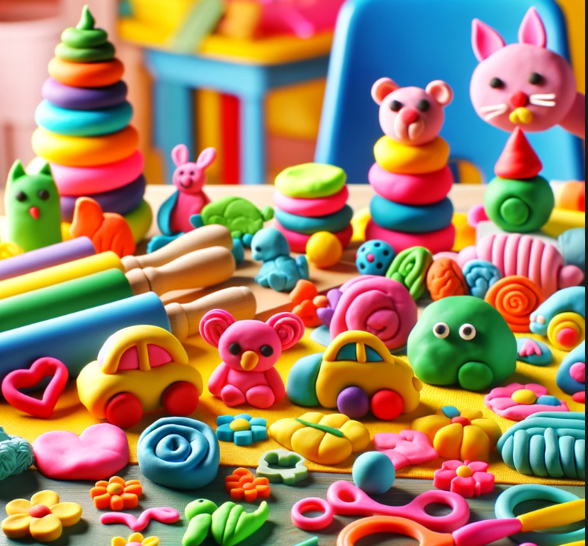
Playdough isn't only for creative expression, but also serves as an excellent tool for teaching math, from counting to shape formation and comparison.
21. Creating and Counting with Play Dough Balls
-
- Activity Overview: Children will use playdough to create balls and learn counting, addition and subtraction in a tactile way.
- Materials: Playdough, number cards (optional)
- Setup:
- Provide each child with a portion of playdough.
- If using number cards, have them handy.
- Activity Instructions:
- Instruct the children to make a specific number of playdough balls.
- Introduce number cards, asking them to match the number of playdough balls to the correct card.
- Use the playdough balls to demonstrate simple addition or subtraction, such as adding or removing balls and counting the new total.
22. Shape Creation and Identification
-
- Activity Overview: Use playdough to form various shapes helps children learn shape names and properties in a hands-on manner.
- Materials: Playdough, shape cutters (optional)
- Setup:
- Provide playdough and shape cutters to each child.
- Demonstrate how to roll out the playdough and cut shapes or form them by hand.
- Activity Instructions:
- Ask the children to create specific shapes using the playdough or cutters.
- Discuss each shape, including its name, sides and corners.
- Encourage children to create a scene or picture using the shapes they've made, integrating art into the math lesson.
Having Fun Learning with Dominoes
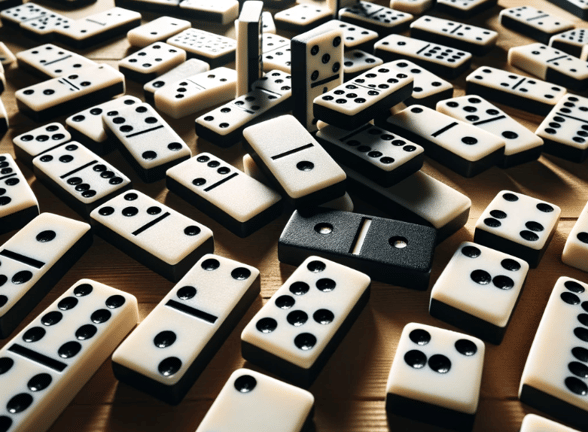
Dominoes offer a unique way to engage preschoolers in counting, pattern recognition and simple arithmetic, making them an excellent math learning tool.
23. Domino Counting and Matching
-
- Activity Overview: This activity helps children practice counting and number recognition by matching dominoes with corresponding numerals.
- Materials: Dominoes, numeral cards or a drawn number line
- Setup:
- Lay out the dominoes and numeral cards or the number line on a table.
- Activity Instructions:
- Demonstrate how to count the dots on a domino and match it to the correct numeral card or place it on the corresponding number on the number line.
- Encourage the children to count and match the rest of the dominoes.
- Discuss the patterns on the dominoes and how they help identify the numbers quickly.
24. Domino Addition
-
- Activity Overview: Introduce simple addition using dominoes, where the dots on either side of the domino add up to a sum.
- Materials: Dominoes
- Setup:
- Explain the concept of addition in simple terms.
- Demonstrate using a domino by counting all the dots.
- Activity Instructions:
- Ask the children to pick a domino and count the dots on one side, then the other and finally all together.
- Guide them to understand that adding the two sides' dots gives the total number of dots on the domino.
- Encourage them to use this method to practice adding other dominoes.
Small Group Math Activities for Preschoolers
Small group activities foster collaboration and communication among preschoolers, allowing them to explore math concepts together and learn from each other.
25. Math Storytime
-
- Activity Overview: Use storytelling to introduce math concepts, with children participating in the story to solve problems or count objects.
- Materials: Storybooks with math themes, objects or illustrations for counting within the story
- Setup:
- Choose a math-themed storybook or create a simple math story.
- Gather any necessary objects or illustrations to use during the story.
- Activity Instructions:
- Read the story to the group, pausing at key points to involve the children in counting or solving simple math problems.
- Encourage children to use the objects or illustrations to visualize and solve the problems.
- Discuss the math concepts within the story, ensuring children understand and can relate to them.
26. Collaborative Shape Art
-
- Activity Overview: Children work together to create a large art piece using various shapes, learning about geometry and cooperation.
- Materials: Large paper or canvas, cutout shapes, glue or tape
- Setup:
- Spread the large paper or canvas on a flat surface.
- Provide a variety of cutout shapes for the children to use.
- Activity Instructions:
- Assign each child or pair a specific shape to work with.
- Encourage them to place their shapes on the paper to create a collaborative art piece.
- Discuss the different shapes used and how they fit together, highlighting the geometric concepts and teamwork involved.
27. Number Relay Race
-
- Activity Overview: A physical activity that combines movement with number recognition and sequencing, encouraging teamwork and active learning.
- Materials: Number cards or cones with numbers, space to run
- Setup:
- Place number cards or cones in a sequence across the play area.
- Divide children into small teams.
- Activity Instructions:
- Each team member takes turns running to the numbers in sequence, touching or picking them up.
- Encourage teams to cheer for each other, fostering a sense of unity and collaboration.
- Discuss the sequence and numbers involved, reinforcing their number recognition and order.
28. Pattern Pass Along
-
- Activity Overview: Develop pattern recognition and continuation skills as children contribute to creating a group pattern.
- Materials: Pattern blocks or colored objects
- Setup:
- Start a simple pattern with the blocks or objects.
- Arrange children in a circle or at a table where they can easily pass the items.
- Activity Instructions:
- Each child adds to the pattern when it's their turn, continuing the sequence.
- Encourage discussion about the pattern's rules and predictions about what should come next.
- Once the pattern is complete or reaches a certain length, review it together, discussing the sequence and the children's choices.
Large Group Math Activities for Preschoolers
Large group activities are excellent for fostering a sense of community and collective learning. They allow preschoolers to engage in math-focused games and activities that promote teamwork and group problem-solving.
29. Whole Group Counting Circle
-
- Activity Overview: A counting game that involves the entire group, promoting number recognition and sequential order in a fun, interactive way.
- Materials: None required
- Setup:
- Arrange the children in a large circle.
- Choose a starting point and a direction for the counting to proceed.
- Activity Instructions:
- The first child starts by saying "one," and each child in the circle continues by saying the next number in sequence.
- Encourage the group to help if someone gets stuck, fostering a supportive and playful learning environment.
- Introduce variations like counting backward or in multiples to increase the challenge as the children become more proficient.
30. Shape Hunt
-
- Activity Overview: Turn learning about shapes into an exciting adventure with a shape hunt, where children work together to find and identify shapes in their environment.
- Materials: None required, optional shape cards for reference
- Setup:
- Explain what shapes the children will be looking for.
- If using shape cards, show them to the group as visual references.
- Activity Instructions:
- Instruct the children to look around the room or designated area to find objects that match the shapes.
- When a child finds a shape, they can point it out and discuss it with the group.
- Encourage the children to explain why the object matches the shape, reinforcing their understanding and vocabulary.
31. Math Musical Chairs
-
- Activity Overview: A mathematical twist on the classic game of musical chairs, incorporating number recognition and counting.
- Materials: Chairs, music player, number cards
- Setup:
- Arrange chairs in a circle, one fewer than the number of children.
- Place a number card on each chair.
- Activity Instructions:
- Play music and have the children walk around the chairs.
- When the music stops, each child finds a chair and sits down.
- Call out a number and the child sitting on the chair with the matching number card stands up and leads a brief counting or number recognition activity with the group.
32. Group Graphing with Favorite Things
-
- Activity Overview: A collaborative graphing activity where children express their preferences and contribute to creating a group graph.
- Materials: Large paper or board for the graph, markers, stickers
- Setup:
- Decide on categories based on children's preferences (e.g., favorite color, fruit, animal).
- Draw the graph on the large paper or board, labeling each category.
- Activity Instructions:
- Each child places a sticker or mark in the column that represents their preference.
- Once everyone has participated, review the graph as a group, discussing the most and least popular choices and counting the responses in each category.
How to Create Printable Math Worksheets for Preschoolers (Easy and Low Cost)
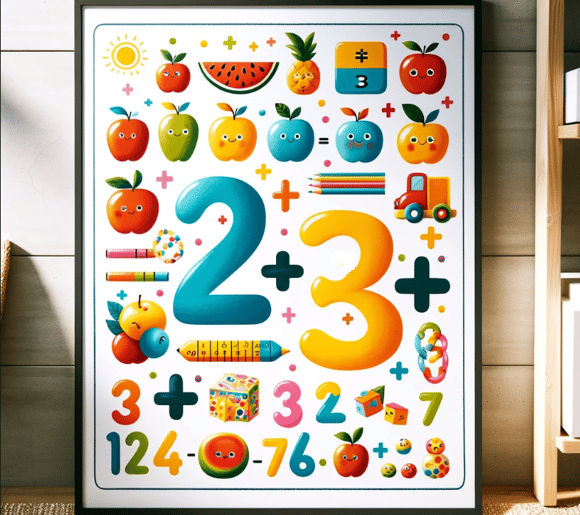
Having worked in early childhood education, you may have heard of individuals buying math worksheets online from sources like Etsy or Teachers Pay Teachers. These are all affordable sources. Usually you can find good sheets for less than $5. However, searching for the right sheets can be a challenge. Plus, you may not have the budget to buy all the math sheets you need. Fortunately, there are free and easy ways to create these math printables. If you're looking for fun math activity printouts, here are just a few sources.
Canva
You might have heard about Canva before. It allows you to create professional designs in minutes and requires little to no skill. You might not be aware that Canva also...
-
- Offers a free plan
- Offers 600+ free templates for just about every level
Using Canva templates is really easy. Simply sign up for an account then select a template you like and make the adjustments you need. If one of the 600+ math templates doesn't suit your needs, you can subscribe for a month, which will set you back about $15. At that point you'll have access to almost 2,000 templates. If you're looking to purchase premade worksheets of any variety on Etsy or Teachers Pay Teachers, you'll likely exceed the paid price of Canva pretty quickly. In fact, many teachers selling their work on these sites use Canva to create their pintables. Here's one seller's Canva process.
Basic Process Setup
- Navigate to the Canva website and use their complimentary worksheet creation tool.
- Select from an array of adaptable templates specifically designed for math worksheets.
- Tailor your chosen template by integrating various math challenges, formulas or other instructional materials as needed.
- Enhance the worksheet's appeal by adding vibrant images, selecting eye-catching colors and choosing readable fonts to make the learning experience more engaging.
- Once your worksheet reaches your desired level of completion, effortlessly download it at no cost and incorporate it into your educational toolkit.
Further Instruction
If you're new to making printables on Canva or are looking to create your own printable from scratch, this video shows you how to go from a blank page to a colorful worksheet in just 15 minutes.
Additional Options
You'll likely want to use Canva if you're going to create the best worksheets for your preschoolers. However, if you'd like other options, there are a few premade printables from other sources.
Vanco
Vanco makes it their mission to save preschools time with their preschool management software and free tools like preschool math worksheets. Click the image below to get your pack of five, and if you're looking for more daycare and preschool templates, click here to access them!
Math-Aids
Offers generators for all grade levels, but for young preschoolers, much of the material is advanced. However, it's worth trying out as it is free.
The Teacher's Corner
Offers a free math worksheet generator. It's basic and has limitations, especially when it comes to design elements. However, it can quickly create addition and subtraction sheets. The generator also allows you to limit the range of numbers to keep your math lessons simple. For preschoolers who aren't ready for addition and subtraction just yet, this tool might not be for them.
Math Worksheet Wizard
Much of this material will be too advanced for the average preschooler, but there are kindergarten activities you can generate for math lessons.
Best Practices for Creating Printable Activities
Design Worksheets for Hands-On Math Practice
When creating worksheets, consider activities that require preschoolers to use their hands. It's never too early to start children learning by tracing numbers, drawing shapes or connecting dots to form numbers. This can make worksheet time interactive and beneficial.
Incorporate Fun Themes into Math Worksheets
Worksheets don't have to be dull. Incorporate themes that preschoolers love, like animals, space or fairy tales to make math activities more appealing. This not only captures their interest but also helps in associating math with enjoyable experiences.
Use Simple Math Concepts for Printable Activities
Worksheets for preschoolers should focus on simple math concepts. Include activities related to basic counting, addition and subtraction, identifying and sorting by shapes and simple pattern recognition. Ensure the tasks are clear and visually engaging to maintain children's interest and focus.
Through these methods, preschool teachers can present math to preschoolers as a delightful experience, filled with discovery and joy. By intertwining math with play, you can foster a love for learning that children will carry with them throughout their educational journey.
Get 100+ Editable and Printable Templates for Almost Every Preschool Situation
We know preschools like yours are busy. That's why we made dozens of templates to help you manage the various aspects of your organization. With billing and invoicing, activity templates, forms and even marketing materials, we have it all. Download all 100 today!




